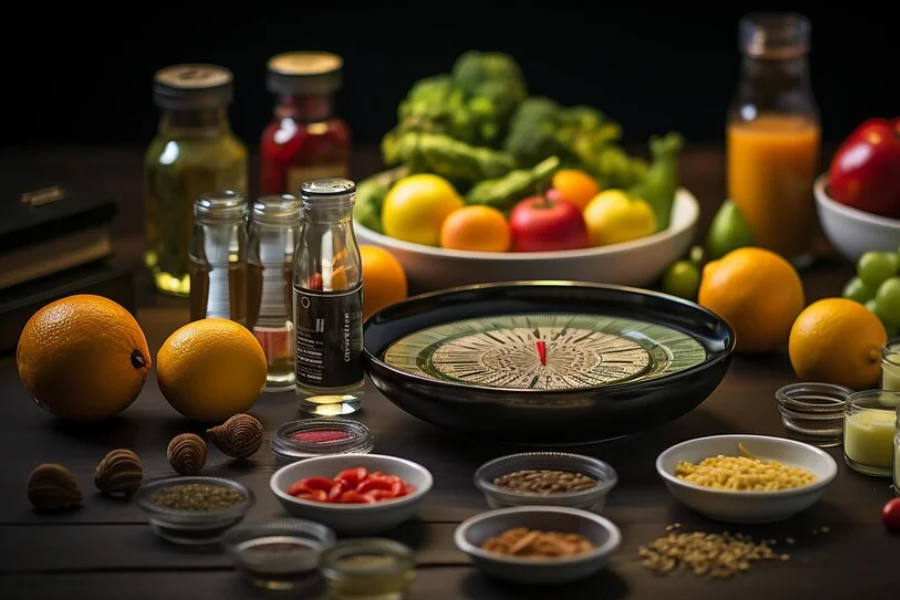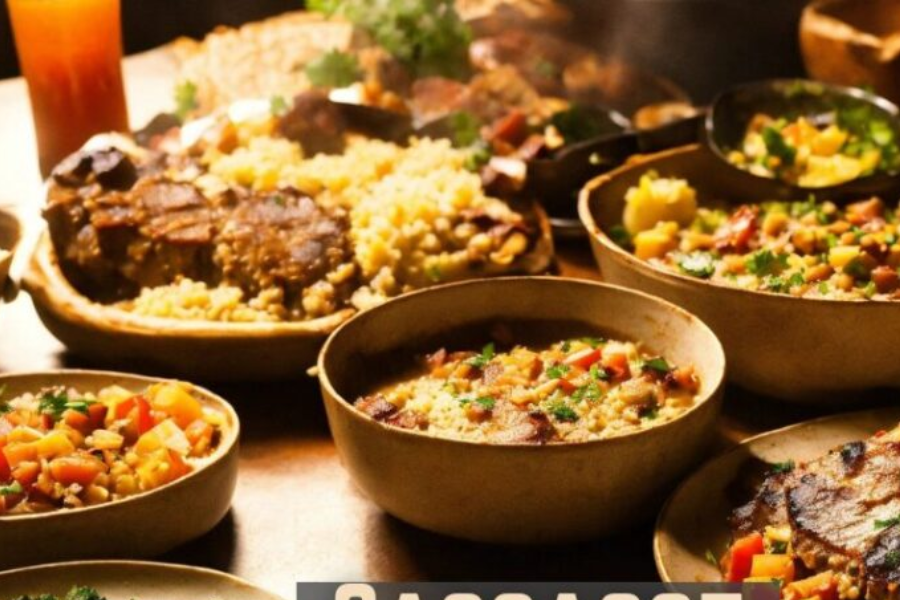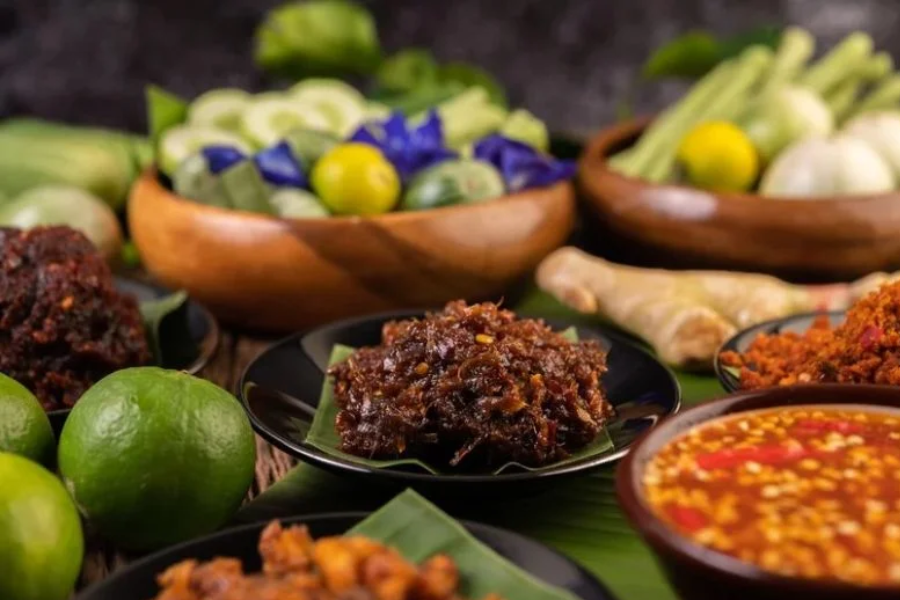Cassasse: A Deep Dive into Its Rich Cultural Essence and Culinary Charm
Introduction
What is Cassasse?
Cassasse is a cherished traditional dish with deep roots in [insert specific region]. Known for its heartiness and symphony of flavors, this dish blends the warmth of rich spices and hearty ingredients to create a meal that embodies comfort and community. Often likened to a [e.g., stew or casserole], Cassasse has long been a staple in the local cuisine, praised for its [describe flavors and textures, e.g., aromatic and satisfying profile].

Historical Roots and Cultural Importance
The Birthplace of Cassasse: A Blend of Tradition and Necessity
Cassasse traces its roots back to [mention geographical area], an environment marked by [briefly describe geographical features, e.g., lush plains, coastal areas, etc.]. This region’s fertile land and temperate climate provided an abundant supply of native ingredients that became the cornerstone of this dish. Originating as a practical solution to feeding families, Cassasse quickly evolved into a symbol of resourcefulness and communal cooking.
Early Influences: The Ingenuity of Indigenous Peoples
The creation of Cassasse was heavily influenced by the traditions and culinary practices of indigenous communities. These early groups relied on staple crops like cassava and legumes, which could be harvested locally. The dish represented an innovative way to use these available resources efficiently. For them, food was more than sustenance—it was a vital part of their way of life, infused with ritual and meaning.

The Impact of Settlers and Cross-Cultural Exchange
With the arrival of settlers and traders, the recipe for Cassasse was enhanced by the introduction of new ingredients and cooking techniques. The dish adapted, incorporating flavors and spices brought from distant lands, which enriched its complexity. This melding of influences is a testament to the evolving nature of Cassasse, making it a reflection of both local heritage and global connections.
Folklore and Mythology: Stories that Surround Cassasse
Cassasse is woven into the fabric of regional folklore, with many tales celebrating its origins. One popular legend speaks of how [insert a legendary story, such as how a village created the dish during a time of scarcity, showcasing community spirit]. This story, passed down through generations, exemplifies Cassasse’s role not just as nourishment but as a symbol of unity, hope, and resilience.
Cassasse in Festivals and Ceremonies
Traditionally, Cassasse is more than a meal; it holds a place of honor during celebrations and cultural gatherings. During [name a festival or communal event], the dish takes center stage, prepared by families working together. Each member contributes—peeling, chopping, or seasoning—making the preparation process itself an act of togetherness. The aroma of Cassasse simmering over a fire signifies an occasion worth celebrating and reinforces its cultural significance.
Symbolism and Cultural Significance
Cassasse holds symbolic meanings that reflect the values of the community that cherishes it. The main ingredients each represent different aspects of life:
- Cassava: A symbol of sustenance and adaptability, reflecting the dish’s roots in nourishment and survival.
- Coconut Milk: Represents richness and the ability to balance hardship with sweetness, much like life’s journey.
- Herbs and Spices: Infuse warmth and resilience, symbolizing the community’s strength and shared experiences.
The preparation of Cassasse—often slow-cooked over an open flame or in clay pots—mirrors the values of patience and care. It teaches that meaningful results come from time and effort, a philosophy embedded in many local customs.
Cassasse as a Culinary Bridge
Throughout the years, Cassasse has transcended its original purpose, becoming a culinary bridge connecting generations. It’s a dish that grandparents pass down to their grandchildren, teaching them not only how to cook but also the stories that accompany it. This oral tradition ensures that Cassasse remains alive, an evolving reflection of the past and present.
Modern-Day Legacy
While maintaining its traditional essence, Cassasse has also found its way into modern kitchens around the world. Its core message of using simple, available ingredients to create something hearty and fulfilling resonates across cultures. Today, chefs and home cooks alike are experimenting with Cassasse, adapting it to fit contemporary tastes while preserving its historical and cultural significance.
Essential Ingredients and Regional Twists
Core Ingredients and Their Roles Each ingredient in Cassasse contributes to its unique taste and nutritional benefits:
- Cassava: A staple, providing a hearty base that absorbs flavors seamlessly.
- Black-eyed peas: Introduce protein and a subtle, earthy depth.
- Coconut milk: Lends a creamy, slightly sweet undertone that complements the spices.
- Onions and garlic: Form the aromatic base, enhancing flavor complexity.
- Herbs and spices: Ingredients such as thyme, bay leaves, and peppers add layers of heat and aroma.
Regional Adaptations As Cassasse spread beyond its birthplace, local variations emerged:
- Haitian Cassave: Characterized by the bold heat of scotch bonnet peppers.
- Brazilian Cassouve: Combines seafood elements like shrimp for a lighter twist.
- West African Cassasse: Includes additions like yams or peanuts for a distinct nutty richness.
The incorporation of local produce and techniques has turned Cassasse into a dish that embodies regional identities while retaining its core spirit.
Substitutes and Dietary Modifications For those seeking alternatives:
- Cassava substitutions: Potatoes or sweet potatoes can replicate the starchy texture.
- Coconut milk alternatives: Almond milk or vegetable broth for a lighter base.
- Black-eyed peas: Lentils or chickpeas as a protein-rich substitute.
Adapting Cassasse to dietary needs is also straightforward. Vegan versions can be made by increasing vegetable components and ensuring all added elements are plant-based.
How to Make Cassasse: A Culinary Guide
Step-by-Step Recipe Ingredients:
- 2 cups cassava, peeled and diced
- 1 cup soaked black-eyed peas
- 1 can (14 oz) coconut milk
- 1 large onion, diced
- 3 garlic cloves, minced
- 2 tbsp vegetable oil
- 4 cups vegetable broth
- Optional: scotch bonnet peppers for heat
- 1 tbsp thyme
- 2 bay leaves
- Salt and pepper
Instructions:
- Sauté Base: Warm the oil in a pot, adding onion and garlic to sauté until golden.
- Combine Main Ingredients: Stir in cassava and black-eyed peas, ensuring they are well mixed.
- Simmer: Pour in the broth and bring to a boil, then reduce to a simmer for 30-40 minutes.
- Add Coconut Milk: Blend the coconut milk in and simmer for an extra 10 minutes.
- Season and Finish: Add thyme, bay leaves, salt, and pepper. Adjust seasoning and garnish if desired.
Tips for Success in Preparing Cassasse
Achieving the Ideal Texture
Monitor Cooking Time for Perfect Cassava Firmness
The key to great Cassasse is ensuring that the cassava retains the perfect texture. Overcooking can lead to mushiness, which may compromise the overall experience of the dish. To prevent this, check the cassava for doneness periodically, and remove it from heat once it reaches a tender but firm state. This will maintain the desired consistency and enhance the dish’s presentation.
Balancing Firmness and Softness
Striking the right balance between firm and tender cassava can be challenging. A useful tip is to cut the cassava pieces evenly so that they cook uniformly. If the cassava pieces vary in size, some may overcook while others remain undercooked, disrupting the harmony of the dish.
Blending Flavors for Depth
Simmer for Flavor Harmony
To create a dish where all ingredients are fully infused, it’s essential to simmer the Cassasse for an adequate amount of time. This allows the coconut milk to meld with the black-eyed peas, spices, and other components, developing a cohesive and rich flavor profile. Avoid rushing this step; the longer the dish simmers (within reason), the more the flavors come together seamlessly.
Seasoning Tips for Enhanced Taste
To elevate the taste of Cassasse, don’t be afraid to season gradually and taste as you go. Adjust spices and herbs to ensure a balanced flavor. Fresh herbs added at the end of cooking can also enhance the aroma and add brightness to the dish.
Traditional and Modern Cooking Techniques
Clay Pot Cooking Over Open Flames
In its region of origin, Cassasse is traditionally prepared in clay pots over an open flame. This method imparts a subtle, smoky flavor and helps retain the dish’s moisture. The clay pot distributes heat evenly, which is essential for achieving the dish’s signature texture. Cooking over an open fire brings out unique flavors that make the experience of eating Cassasse truly special.
Slow Cooking for Flavor Development
Traditional slow cooking, whether over an open flame or in a pot on a low stovetop, allows for gradual flavor integration. The slow-cooked version ensures that every bite is rich and infused with the herbs and spices used in the recipe.
Modern Cooking Techniques: Convenience Without Compromise
Using a Slow Cooker for a Hands-Free Approach
Modern cooks can take advantage of slow cookers to recreate the slow-cooked flavor of traditional Cassasse with minimal supervision. This method is perfect for those who want to prepare the dish ahead of time. Simply combine the ingredients in the slow cooker, set it on low, and allow it to cook for 6-8 hours. This hands-free technique preserves the depth of flavor while making the process more manageable for busy lifestyles.
Speeding Up with an Instant Pot
The Instant Pot is an excellent option for those who want the rich flavors of Cassasse but have limited time. Begin by using the sauté function to cook the onions, garlic, and other aromatics before adding the main ingredients. Once everything is combined, pressure cook on high for 15-20 minutes. The Instant Pot’s ability to cook under pressure helps lock in flavors quickly, resulting in a hearty meal without the extended wait.
Maintaining Authenticity with Modern Tools
Even when using modern equipment, the essence of traditional Cassasse can be maintained by incorporating traditional practices. For instance, to mimic the subtle smokiness of an open flame, consider adding a pinch of smoked paprika or a drop of liquid smoke to the dish when using a slow cooker or Instant Pot.
Essential Tips for Consistent Success
Preventing Mushiness
Monitor Liquid Levels
Ensure the dish has the right amount of liquid to prevent overcooking or mushy cassava. Too much liquid may cause the ingredients to break down excessively, while too little may lead to uneven cooking.
Choose the Right Cassava
Selecting quality cassava is also crucial. Fresh, firm, and unblemished cassava pieces will hold up better during cooking compared to older, softer pieces.
Bringing It All Together
Finish with Fresh Garnishes
Adding fresh garnishes like chopped parsley or cilantro at the end can enhance both the visual appeal and the flavor of Cassasse. These final touches provide a contrast to the richness of the dish, giving it a vibrant lift.
Serve with Complementary Sides
To make the Cassasse experience even more satisfying, consider pairing it with sides such as steamed rice, warm bread, or a crisp salad. These sides help balance the dish’s hearty flavors and provide a well-rounded meal.
Frequently Asked Questions (FAQs) About Cassasse
Q: What is Cassasse traditionally made of?
A: Cassasse is made with core ingredients such as cassava, black-eyed peas, coconut milk, onions, garlic, and an assortment of herbs and spices. These components combine to create a rich, hearty dish that embodies comfort and warmth.
Q: Can I substitute cassava with other ingredients?
A: Yes, if cassava is unavailable, you can substitute it with similar starchy ingredients like potatoes or sweet potatoes, which mimic the texture while maintaining the dish’s heartiness.
Q: Is Cassasse suitable for vegan diets?
A: Absolutely! Cassasse is traditionally plant-based and can be easily adapted to vegan diets by ensuring that all ingredients are free from animal products. Substituting vegetable oil and plant-based broth is sufficient to keep it vegan-friendly.
Q: What are some common variations of Cassasse?
A: Regional variations include Haitian Cassave, which often features scotch bonnet peppers for added heat, and Brazilian Cassouve, which sometimes incorporates seafood like shrimp. In West Africa, yams or peanuts might be added to give the dish a unique twist.
Q: Can Cassasse be made in advance?
A: Yes, Cassasse can be prepared in advance and even tastes better the next day as the flavors continue to blend. Store it in an airtight container in the refrigerator for up to three days or freeze it for longer preservation.
Q: How can I add a smoky flavor if I don’t have a clay pot or open flame?
A: If you’re using modern cooking tools like a slow cooker or Instant Pot, you can add a touch of smoked paprika or a few drops of liquid smoke to replicate the subtle, smoky essence of traditional clay pot cooking.
Q: What sides pair well with Cassasse?
A: Cassasse pairs well with sides like steamed rice, crusty bread, or a light salad to complement its rich flavors and create a balanced meal.
Conclusion
Cassasse is more than just a dish; it is a celebration of cultural heritage, tradition, and the collective spirit of community. From its humble beginnings in [insert region] as a meal of sustenance crafted with locally available ingredients, it has grown to symbolize resilience, warmth, and togetherness. Whether enjoyed during special festivals or shared as a comforting homemade meal, Cassasse embodies the deep-rooted values and stories passed down through generations. Its adaptability in modern kitchens around the world further underscores its timeless appeal. Cassasse is not only a flavorful, hearty dish but also a living testament to the traditions and shared experiences that bind communities together.
Stay Connected: Bee Bom






